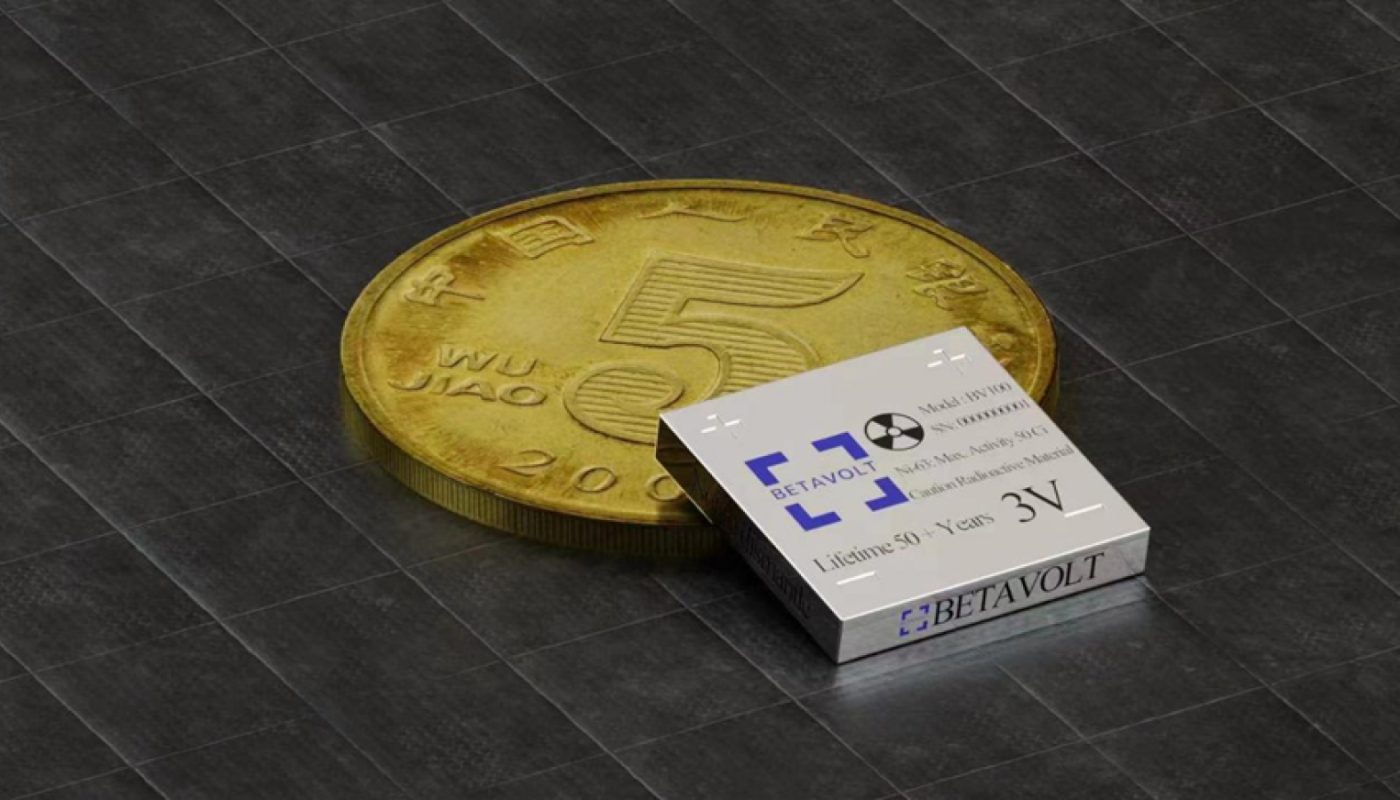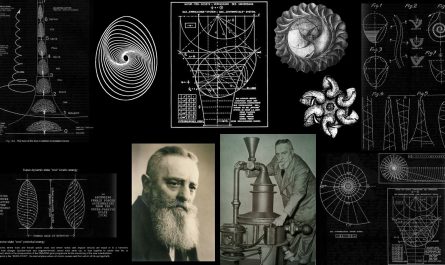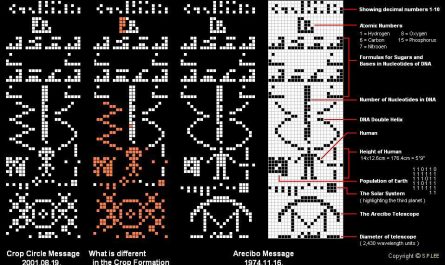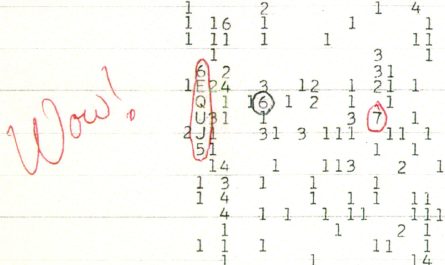Imagine a world where your phone, car, or even a spacecraft could run for half a century without ever being recharged. It may sound like science fiction, but this is exactly what scientists in China are now working on — a tiny nuclear battery called BetaVolt that could completely transform the way we think about energy.
A Battery That Never Dies
The idea behind BetaVolt is both simple and revolutionary.
Instead of storing chemical energy like lithium-ion batteries do, this device creates electricity on its own using the natural decay of a radioactive isotope called Nickel-63.
When Nickel-63 slowly breaks down, it releases electrons — tiny charged particles. BetaVolt’s designers have built a microscopic structure made of diamond semiconductor layers that capture those electrons and turn them into a steady electric current.
The result is a self-charging micro-battery that can work continuously for 30 to 50 years, completely maintenance-free.
The Technology Behind It
The current BetaVolt prototype, known as BV100, is smaller than a coin — only 15 millimeters wide and 5 millimeters thick.
It produces about 100 microwatts of power at 3 volts, which may not sound like much, but it’s enough to keep small electronic systems alive for decades.
Inside this tiny cube:
- Nickel-63 acts as the energy source.
- Diamond semiconductors convert radiation into electricity.
- The entire unit is sealed, so no radiation can escape.
As Nickel-63 decays, it turns into harmless copper, leaving behind no dangerous waste. That makes BetaVolt safe to handle, unlike traditional nuclear reactors.
Where Could It Be Used?
Because BetaVolt lasts for decades and works in extreme temperatures — from –60°C to +120°C — it’s ideal for use in places where regular batteries fail or cannot be replaced.
Possible applications include:
- Space exploration: powering satellites, lunar rovers, and deep-space probes.
- Medical technology: pacemakers and implants that never need surgery to replace batteries.
- Defense and security: long-term surveillance systems or unmanned drones.
- Internet of Things (IoT): sensors in deserts, oceans, or outer space.
- Micro-robots and AI systems: tiny autonomous machines that need permanent power.
Imagine smart sensors that monitor the Earth’s atmosphere for 50 years, or a Mars probe that never loses power — BetaVolt could make it happen.
Safe Nuclear Energy for Everyday Use
Many people hear “nuclear” and immediately think of danger.
But BetaVolt is completely different from a reactor or atomic bomb.
It doesn’t produce heat, chain reactions, or gamma radiation. It uses only low-energy beta particles, which can be stopped by a thin sheet of metal or even human skin.
The entire system is hermetically sealed, so there’s no risk of radiation leakage.
When the fuel (Nickel-63) is exhausted, the remaining material is simply copper, which is completely safe and recyclable.
The Company Behind the Breakthrough
Betavolt New Energy Technology Co., Ltd., based in Beijing, was founded in 2021 and focuses on developing nano-scale nuclear energy systems.
The BV100 is their first working prototype, and engineers are already designing a more powerful version capable of producing 1 watt of electricity — enough to power larger electronic systems.
Their goal is ambitious: to replace traditional batteries in critical industries such as aerospace, medicine, and defense, and eventually bring the technology to the consumer market.
Challenges Ahead
Despite the excitement, there are still hurdles to overcome:
- The power output is currently too small for phones or laptops.
- Producing Nickel-63 isotopes and diamond semiconductors is expensive.
- International regulations strictly control all radioactive materials.
Still, experts agree that BetaVolt represents a major leap forward.
Even at low power levels, it opens new possibilities for science, robotics, and sustainable technology.
A Glimpse Into the Future
BetaVolt could be the first step toward a future where electronic devices are self-sufficient — where you never plug in your watch, phone, or car again.
If the technology scales up, we might soon see smart cities, space colonies, and AI systems running on miniature nuclear cells that never run out of energy.
The dream of a battery that never dies may finally become reality — not in the distant future, but within our lifetime.



